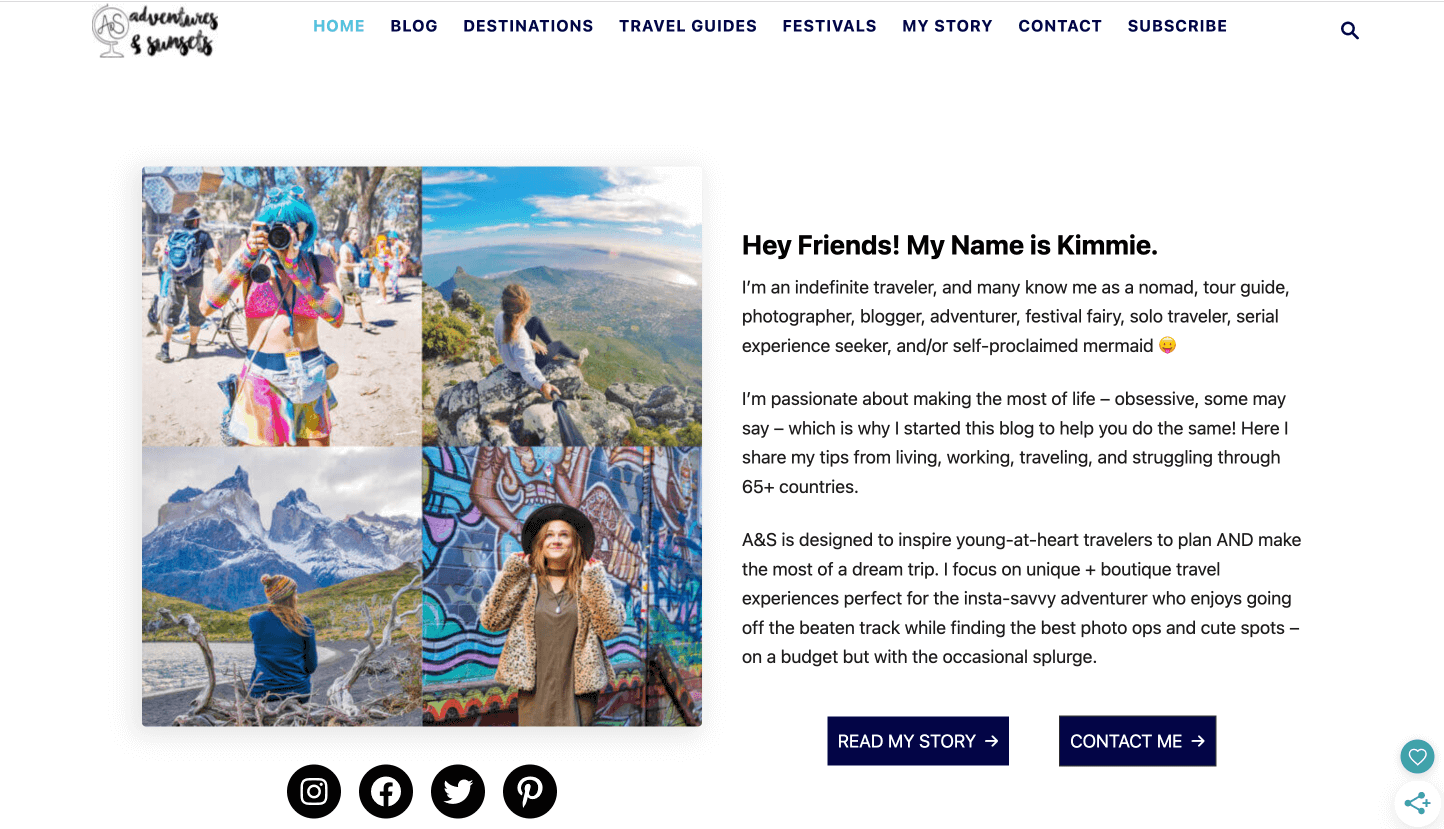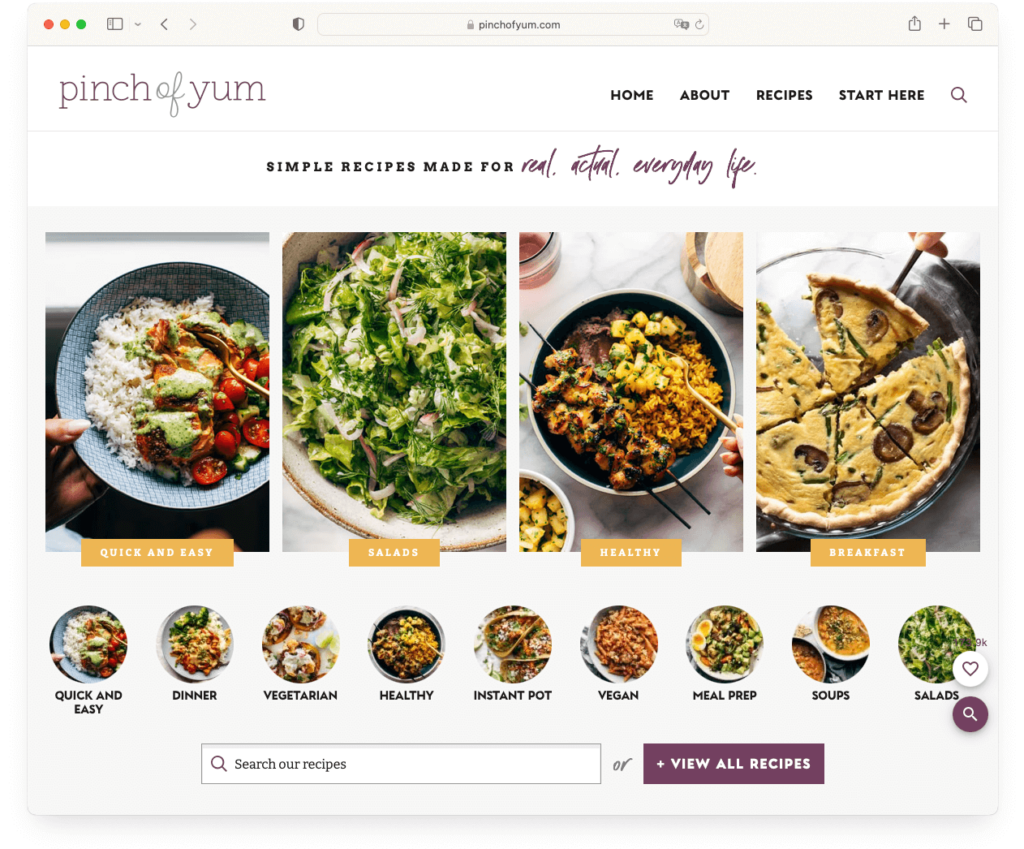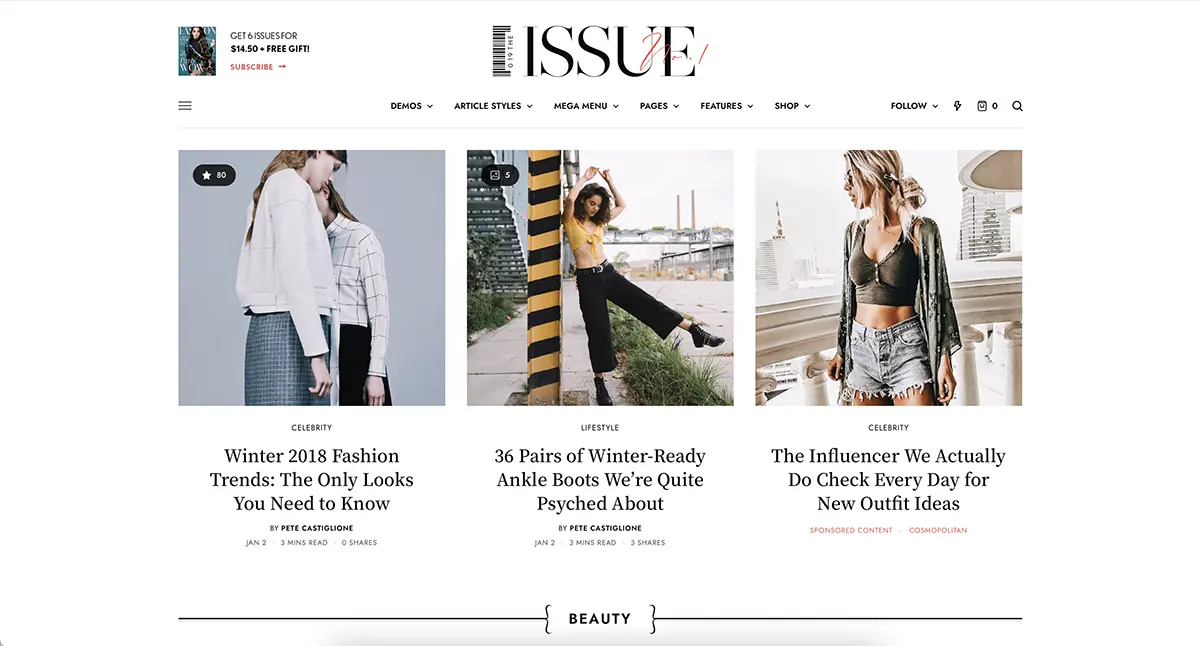In the vast blogosphere, standing out from the crowd becomes paramount to capturing and retaining readers' attention. To achieve this, the choice of blog post ideas and topics plays a crucial role. In this article, we will present 30 innovative and engaging blog post ideas that can help you captivate your audience and establish your blog as a worthy source of valuable content. So, get ready to infuse your blog with fresh ideas that make a lasting impact!
Engaging Blog Post Ideas and Topics
- The Ultimate How-To Guide: Share your expertise on a subject that aligns with your niche by creating a detailed how-to guide. Make it comprehensive, easy to follow, and include relevant visuals that enhance the understanding of your readers.
- Case Studies: Dive into real-life scenarios and analyze successful or failed situations within your niche. Use data, facts, and figures to provide compelling insights and informative takeaways for your readers.
- Interviews: Curate interviews with industry experts, influencers, or thought leaders within your field. Conducting interviews not only showcases their expertise but also adds value to your blog and attracts a wider audience.
- Listicles: Create a list of curated resources, tools, or examples related to your niche. For instance, "10 Must-Have Tools for Every Aspiring Photographer" or "5 Essential Marketing Tips for Small Business Owners." These listicles are easy to read and offer actionable steps to your audience.
- Q&A Sessions: Encourage your readers to submit their burning questions related to your niche. Select a few questions and answer them in a dedicated blog post. This creates interaction and builds a sense of community among your readers.
Engaging Blog Post Ideas for Various Niches
- Travel Blogs:

- Hidden Gems: Uncover off-the-beaten-path destinations and their unique characteristics or experiences.
- Travel Tips: Share essential tips for solo travelers, budget travelers, or those looking to experience a specific type of adventure.
- Destination Guides: Create comprehensive guides for popular travel destinations, including must-visit attractions, local cuisines, and cultural insights.
2. Food and Recipes Blogs:

- Recipe Collections: Curate a collection of recipes with a common theme, such as comfort foods, international cuisines, or healthy options.
- Cooking Techniques: Share step-by-step instructions and tips on specific cooking techniques or methods that your readers can try at home.
- Restaurant Reviews: Share your experiences and recommendations for top restaurants in your city or specific cuisines.
3. Fashion Blogs:

- Seasonal Trends: Highlight the latest fashion trends for each season, including versatile styling tips and outfit inspirations.
- Brands & Designers: Introduce emerging or established brands and designers, emphasizing their unique style, ethical practices, or collaborations.
- Personal Style Journey: Share your personal fashion journey, including style transformations, favorite clothing pieces, and tips for building a versatile wardrobe.
4. Health and Fitness Blogs:

- Workout Routines: Create and share targeted workout routines for different fitness goals, such as weight loss, strength training, or flexibility.
- Healthy Living Tips: Offer practical advice on developing healthy habits, maintaining a balanced diet, or incorporating mindfulness into daily life.
- Product Reviews: Evaluate and recommend fitness equipment, workout apparel, dietary supplements, or wellness gadgets that align with your readers' needs.
Optimizing Your Content for Search Engines
To ensure your blog posts rank well on search engine result pages (SERPs), it's important to optimize your content. Here are a few best practices:
- Keyword Research: Conduct thorough research to identify relevant keywords and phrases to target in your blog post. Incorporate them naturally throughout your content, including in titles, headings, and meta descriptions.
- Title and Headings: Maintain a hierarchy using H1, H2, and H3 tags to structure your content. Include primary and secondary keywords in these headings to enhance SEO.
- Meta Descriptions: Write compelling meta descriptions that include your target keyword strategically. This encourages clicks and provides search engine crawlers with more information about your blog post.
- Internal and External Linking: Include relevant internal links within your blog post to guide readers to related content on your site. Additionally, incorporate credible external links to authoritative sources to boost your blog's credibility.
- Image Optimization: Optimize images with descriptive and keyword-rich alt tags and file names. Compress images to ensure fast loading times, improving user experience.
Conclusion
These engaging blog post ideas and topics offer endless opportunities for you to create captivating content that resonates with your audience. By implementing best practices for search engine optimization (SEO), your blog posts have a better chance of ranking higher on search engine result pages and attracting organic traffic.With a Twitter scheduler, you can plan and time your tweets to coincide with the release of new blog posts, driving traffic and maintaining audience engagement. So, start brainstorming, get creative, and deliver unique blog posts that leave a lasting impression on your readers.









